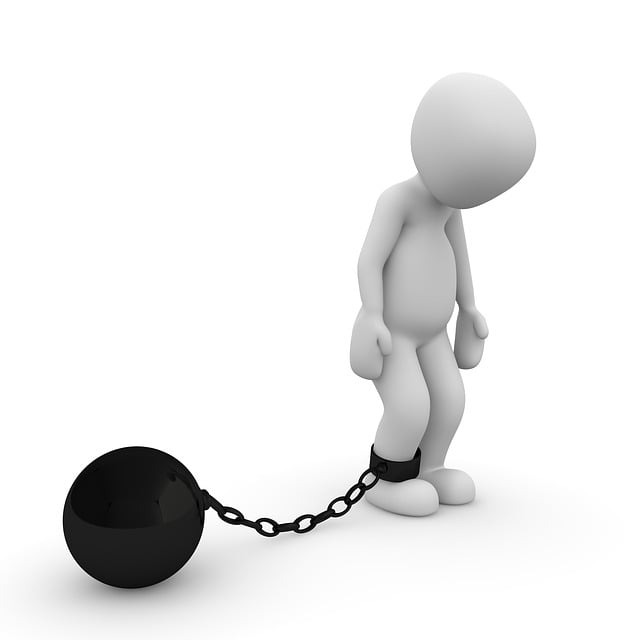Pedestrians have inherent rights crucial for safe street navigation, including unharmed passage at crosswalks, especially against impaired (DUI) or distracted drivers. These rights extend to unrestricted access and enjoyment of properties, fostering secure neighborhoods. Stricter DUI laws enhance public safety, positively impacting property values and attracting homeowners. Walkable communities with dedicated lanes, lighting, and traffic calming measures, coupled with community engagement and responsible driving programs, create a culture of road safety, protecting all members, especially pedestrians, and influencing community development through enhanced security perceptions.
“Ensuring safe streets is paramount for pedestrians, communities, and property owners alike. This comprehensive guide explores the intricate balance between protecting pedestrians’ rights and upholding laws like DUI regulations. We delve into how these measures influence not just street safety, but also property ownership and community development.
By examining strategies to promote walkable neighborhoods and enhance pedestrian security, we aim to empower individuals and communities to advocate for their right to safe streets, fostering a harmonious environment for all.”
- Understanding Pedestrians' Rights: A Comprehensive Guide
- The Impact of DUI Laws on Safe Streets and Property Ownership
- Strategies for Promoting Walkable Communities and Enhancing Safety
Understanding Pedestrians' Rights: A Comprehensive Guide

Pedestrians have rights, just like drivers do. Understanding these rights is crucial for navigating safe streets. In many jurisdictions, pedestrians are granted specific privileges and protections under law, ensuring their safety while on public footpaths or crossings. One key right is the expectation of safe passage, free from vehicle hazards, especially at designated crosswalks.
Knowing your rights can help you make informed decisions, especially in situations where drivers may be impaired (DUI) or distracted. For instance, if a pedestrian encounters an intoxicated driver, they have the right to seek safer routes or even report the incident to authorities. Similarly, when it comes to homeownership, pedestrians’ rights extend to fair access and enjoyment of their properties without interference from vehicles, promoting peaceful and secure neighborhoods.
The Impact of DUI Laws on Safe Streets and Property Ownership

DUI (Drunk Driving Under Influence) laws have a profound impact on creating safer streets, which, in turn, influences property ownership and value. Stricter DUI regulations significantly reduce the number of drinking and driving incidents, leading to a decrease in traffic accidents and related fatalities. This decline in dangerous behaviors makes communities more desirable places to live, enhancing property values.
Moreover, areas with robust DUI laws often experience improved public safety perceptions, attracting potential homeowners who prioritize security. As a result, safe streets become a valuable asset for neighborhoods, fostering a positive feedback loop where lower crime rates and increased safety contribute to higher property ownership and desirability.
Strategies for Promoting Walkable Communities and Enhancing Safety

Creating walkable communities that prioritize pedestrians’ safety involves a multi-faceted approach. One key strategy is to design streetscapes with clear pedestrian paths, well-maintained sidewalks, and minimal obstacles. This includes implementing dedicated walking and cycling lanes, improving street lighting, and incorporating visible crosswalks. Community engagement is also vital; organizing neighborhood walks and workshops can help identify local concerns and solutions. Encouraging active transportation through incentives like safe routing apps or walk/bike to school programs further promotes healthy, sustainable mobility options.
Additionally, reducing motor vehicle speeds through traffic calming measures such as speed bumps and roundabouts can significantly enhance pedestrian safety. Addressing issues like drunk driving (DUI) is crucial; implementing strict DUI laws and increasing enforcement can deter dangerous behavior and make communities safer for everyone, including pedestrians. Home ownership programs that incentivize responsible driving and offer safe parking options can also play a role in creating a culture of road safety.
In conclusion, ensuring safe streets for pedestrians is paramount for fostering walkable communities and protecting property ownership. By understanding pedestrians’ rights, mitigating the impact of DUI laws, and implementing strategic initiatives, we can create environments that prioritize safety, enhance quality of life, and preserve the value of homes in our neighborhoods. These efforts not only benefit individuals but also contribute to the overall vitality and appeal of our urban landscapes.






